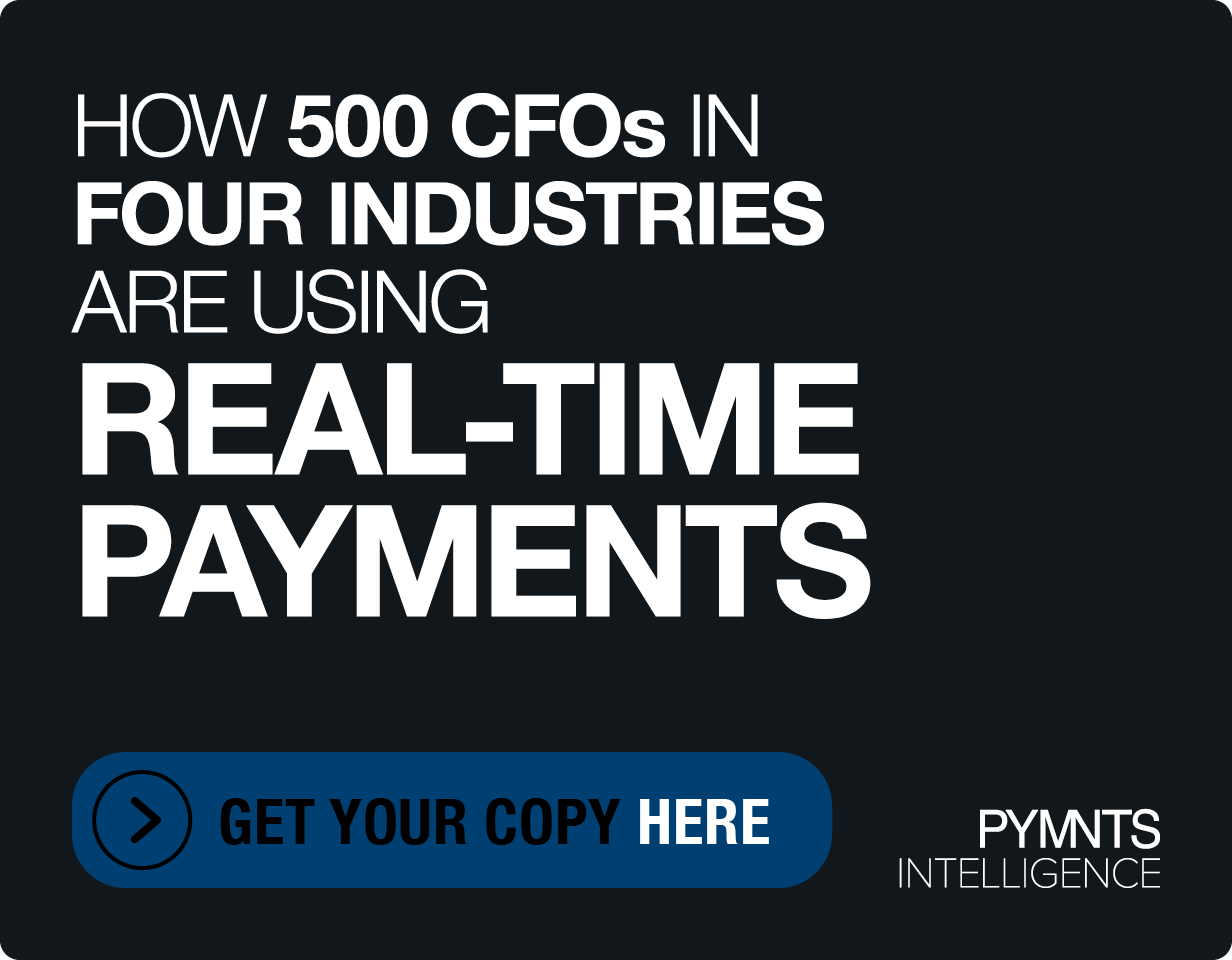Parking Smartly, With Sense And Sensors

The hunt for a parking space is never easy, with time idly spent as cars and trucks and vans idle, watching and waiting for spaces to empty.
But as with so many components of daily life, technology offers some solace, speeding the process and shortening wait times. Possibly even boosting city coffers too, depending on the application.
In one recent initiative, eleven-X, which operates a public, coast-to-coast, low-power Internet of Things (IoT) network, said PNI Sensor has joined its Partner Program, focusing on wireless parking solutions geared toward municipal smart city initiatives and private enterprise settings.
Under the terms of the program, PNI is integrating its PlacePod (also known as “pucks”) smart parking sensor within the eleven-X network.
Pilot programs have been implemented with Stratford, Ontario, and the University of British Columbia. The sensors, the companies said in a statement, offer real-time vehicle detection and location of parking spots, helping drivers find available spaces more quickly via mobile app.
In an interview with PYMNTS conducted via written exchange with eleven-X President and CEO Dan Mathers, the executive explained the linkup between the two firms comes as “smart parking is one of the fastest-growing smart city initiatives around the world, and in Canada and North America, it is no exception.”
Parking has been an area where cities have wanted to collect data for some time, said Mathers, chiefly because parking (across assets, planning and maintenance) comprises a significant part of a city’s annual budget.
More data translates into better planning, he said, and can help governments to “holistically manage their parking assets in both the short-term and medium-term. It’s not just about finding available parking spaces,” he told PYMNTS.
In addition, smart parking initiatives have an additional value in that they are flexible, easy to deploy and can help cities get started with IoT and smart city initiatives.
Said Mathers, “the ROI goes beyond the dollars directly associated as being saved from a smart parking program. For cities, there is also an ‘indirect’ impact that it can have on other types of programs. Cities need to look at the money they are either saving or earning, based on new revenue models enabled from their smart parking, and realize what they can do with this new source of funding. If their city needs a food subsidy program or improvements to public transportation to help those who rely on it to generate income … the funds for these types of services and programs can be generated from a smart parking solution.”
There’s a boost to the private sector, said Mathers, as improved driver experiences are tied to getting people where they want to go with speed and can have a domino effect on parking lots and local business owners. Reduced traffic congestion and pollution benefit the public at large.
The parking pucks can be configured to collect data such as month, day, start and departure for when a vehicle is occupying a space. And, said Mathers, the data can be used to build out what he termed a “parking profile” for a city or enterprise.
“The data can then be used to help shape and scope new build projects or revitalizations plans,” he explained, keeping requirements and costs in line. “For example, we had one customer who wanted to understand parking patterns within the city, as they had approved the build of a new multimillion-dollar parkade. Data collected could influence decisions such as the total number of floors needed — and by not building an additional three floors, they could save millions [of dollars].”
The pilots have yet to handle billing components. But, as Mathers said, “in looking at the parking and payment ecosystem as a whole, it’s very easy to see that the whole process could become automated. Currently, a driver needs to physically locate a space, get a ticket or check in somehow, then produce the ticket upon exiting and, in some cases, still must physically pay the fees.”
But the sensor-enabled process could evolve naturally, he added, from initial actions such as reserving a space to confirming its status and location to time notifications for the customer to an automated electronic payment. For parking enforcement, there’s notification of when a vehicle has passed the time limit, improving ticket rates and boosting revenue generated from those tickets.
“In terms of payments, that is really closing the loop on the whole process. It really becomes an easy, seamless experience for people,” he told PYMNTS, “from locating a space to time notifications to ultimately an online payment, all in one place. This works for all types of parking requirements — short-term for busy downtown areas or large parkades for airports, hospitals or universities.” And smart parking, he said, offers a benefit for longer-term options for permanent businesses with a large workforce or even residential situations where street parking is needed.
Near-term joint efforts between eleven-X and PNI Sensor, said Mathers, include more pilots across the country, and, as he noted, “the application is showing potential beyond city parking spaces. Some non-city areas where there is real potential include university campuses, shopping malls, hospitals and other large-scale types of parking environments.”
